“ISN’T IT FUNNY the way we don’t sound like ourselves when we hear ourselves on a tape recorder — not to ourselves, I mean?” asked Nancy.
“It is funny,” I said. “I close my eyes now, and I can hear myself through those earphones, and the voice I hear coming from the tape doesn’t sound like me.”
“Which is to say that it didn’t sound like you as you wanted to sound,” said Lou.
“I thought it was just that we’re used to hearing ourselves through the bones and tissues of our heads, but that other people hear us through thin air,” said Alice.
“It’s that, yes,” said Lou, “but both metaphorically and literally. This is a well-known phenomenon. It’s a desire to have a distinctive style of utterance that is one’s own and is a part of the persona that you project to the world. We shape that voice according to what we hear in our heads, so that it matches the person we are in our heads, but then we hear that voice on a tape recorder and our first reaction is ‘Oh, no! That doesn’t sound like me!’ But what that reaction really means is, ‘Oh, no! That is not the voice of the person I want to be! People are not perceiving me as I would like to be perceived.’ This is why people in the broadcasting business often develop a ‘voice,’ a voice for when they’re on the air, and it’s got the timbre, the emphasis, the rhythm that they hear in their heads, because they work on it, relentlessly — ”
He looked around. We were all listening to him intently, fascinated, not only because what he was saying made good sense, but because his voice had begun to take on the authoritative tone of a news broadcaster, as if he were demonstrating his argument as he made it.
“Geez, I’m running on and on,” he said, reverting to the voice we knew. “If Elaine were here, she would’ve shut me up by now.”
I LAY IN BED wondering about the mysterious Manuel “Ray” Pedrera, asking myself, “Is this guy for real?” My thoughts ran something like this:
Manuel. Manwell. Man. Well. Ray. Rey. King. Pedrera. Stone. Rock. Man, well, king, rock. Rock, well, king, man. Rockwell Kingman. He’s here.
I decided that I was in another of those either-or situations: either Rockwell Kingman had come here to Small’s Island, or I was leaving it, slipping away into some region of my mind from which I might never return.
[to be continued]
Subscribe to The Personal History, Adventures, Experiences & Observations of Peter Leroy
Share The Personal History, Adventures, Experiences & Observations of Peter Leroy
Have you missed an episode or two or several?
You can begin reading at the beginning or you can catch up by visiting the archive or consulting the index to the Topical Guide. The Substack serialization of Little Follies begins here; Herb ’n’ Lorna begins here; Reservations Recommended begins here; Where Do You Stop? begins here; What a Piece of Work I Am begins here; At Home with the Glynns begins here; Leaving Small’s Hotel begins here.
You can listen to the episodes on the Personal History podcast. Begin at the beginning or scroll through the episodes to find what you’ve missed. The Substack podcast reading of Little Follies begins here; Herb ’n’ Lorna begins here; Reservations Recommended begins here; Where Do You Stop? begins here; What a Piece of Work I Am begins here; At Home with the Glynns begins here; Leaving Small’s Hotel begins here.
You can listen to “My Mother Takes a Tumble” and “Do Clams Bite?” complete and uninterrupted as audiobooks through YouTube.
You can ensure that you never miss a future issue by getting a free subscription. (You can help support the work by choosing a paid subscription instead.)
At Apple Books you can download free eBooks of Little Follies, Herb ’n’ Lorna, Reservations Recommended, Where Do You Stop?, What a Piece of Work I Am, and At Home with the Glynns.
You can buy hardcover and paperback editions of all the books at Lulu.
You’ll find overviews of the entire work in An Introduction to The Personal History, Adventures, Experiences & Observations of Peter Leroy (a pdf document), The Origin Story (here on substack), Between the Lines (a video, here on Substack), and at Encyclopedia.com.





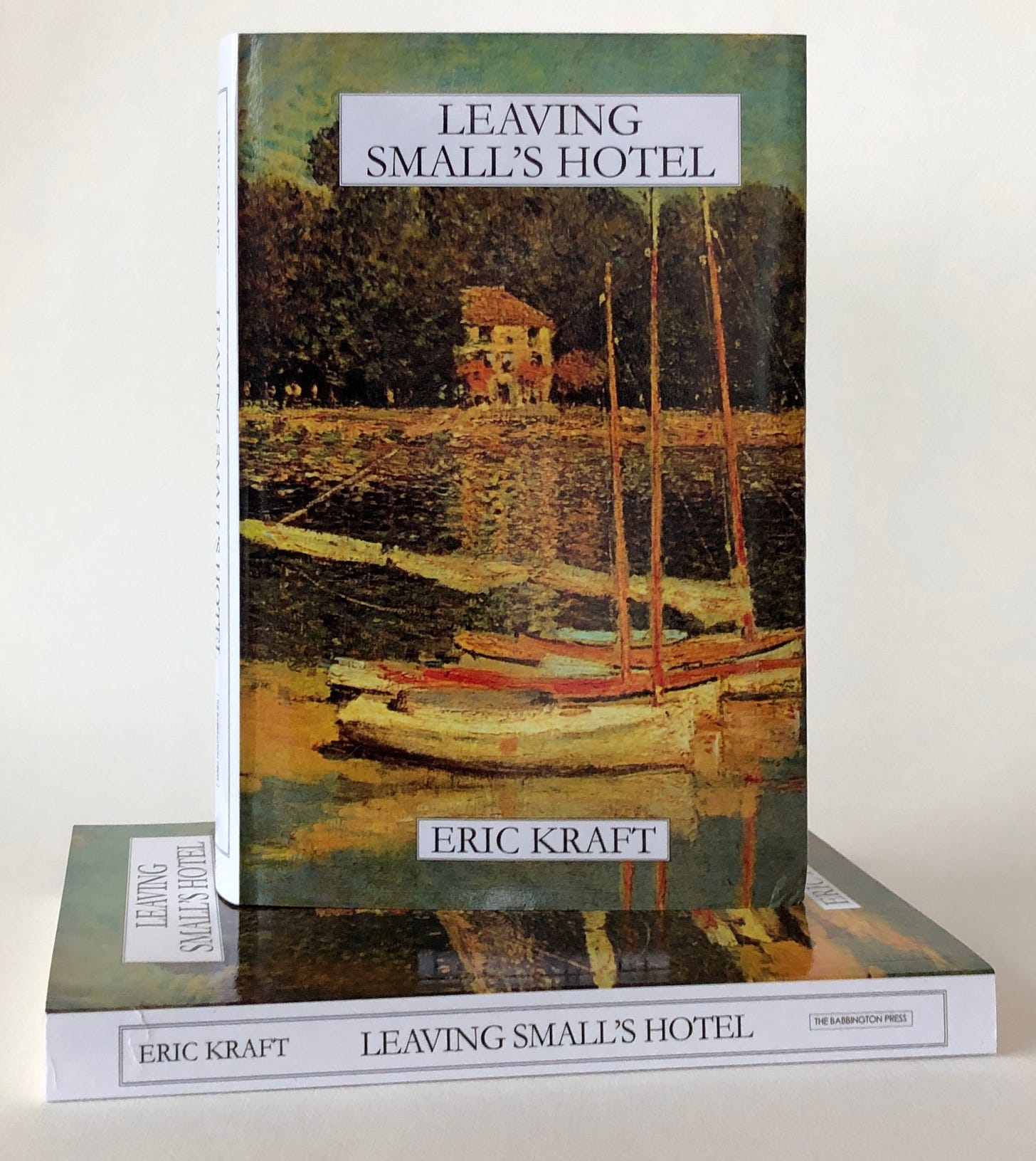


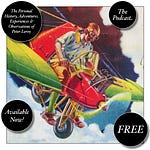



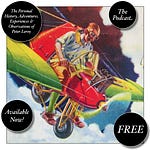
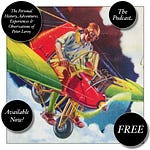
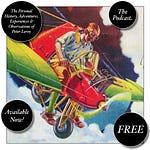
Share this post